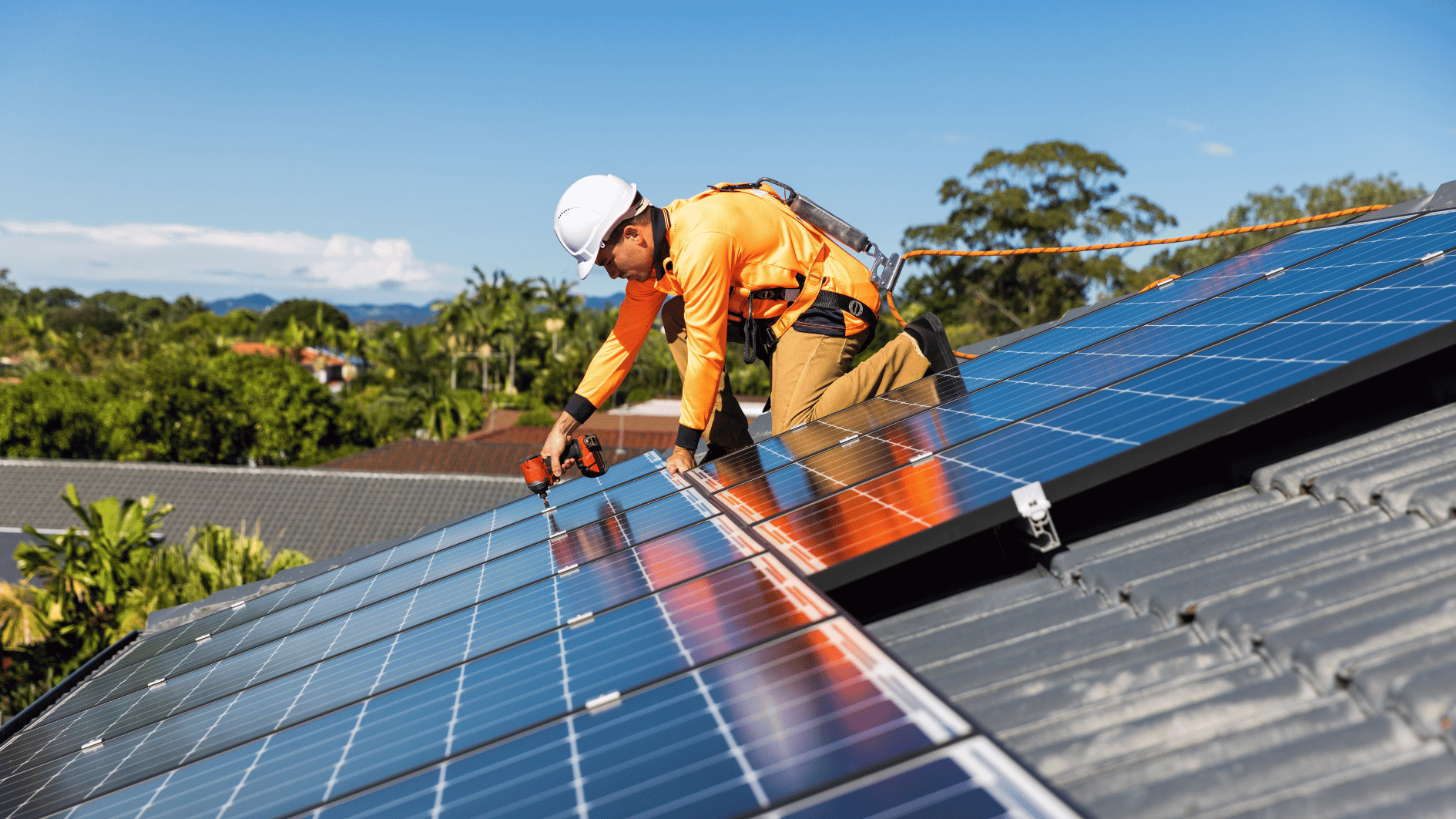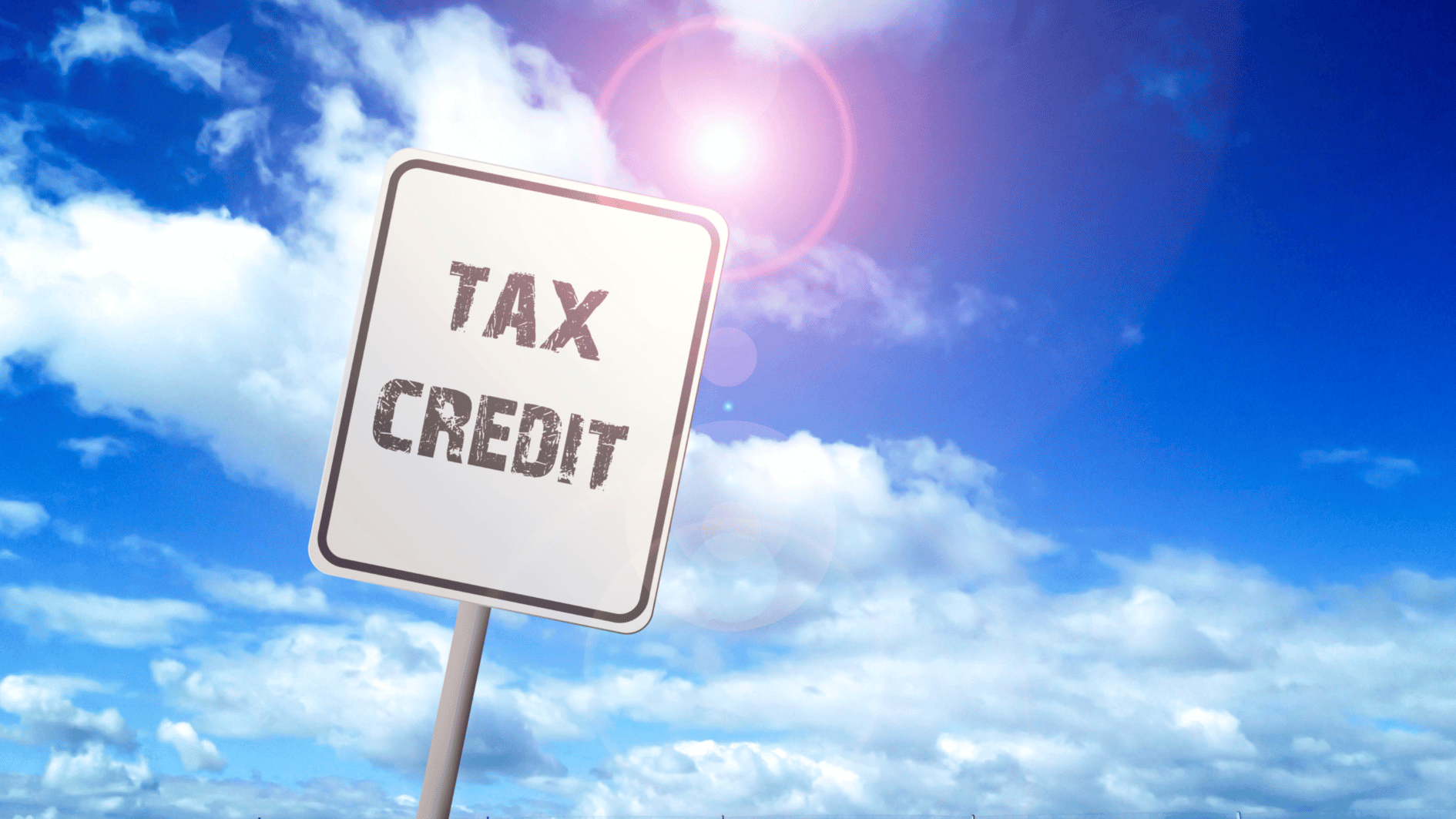As Congress debates rolling back clean energy tax credits, analysts warn that the consequences could reach far beyond policy disputes. If these incentives are repealed, millions of Americans may see their electricity bills increase by as much as 10% over the next five years.
The potential repeal of these credits, which have supported the rapid expansion of renewable energy, raises questions about how homeowners, businesses, and utilities will cope with rising costs.
Why Are Electricity Prices Set to Increase?
For years, clean energy tax credits have helped drive down the cost of electricity by encouraging investment in solar, wind, and energy storage projects. By making these technologies more affordable, the incentives have helped stabilize energy prices – even as traditional fuel sources, like natural gas, have fluctuated.
Now, experts warn that removing these tax credits could:
Increase energy production costs
Without tax credits, solar and wind developers may struggle to compete with fossil fuels, leading to higher wholesale electricity prices.
Slow grid modernization efforts
Many power companies rely on clean energy incentives to upgrade infrastructure and improve reliability. Losing these benefits could delay critical improvements and raise costs for utilities.
Raise household energy bills
A report by The Brattle Group projects that, without clean energy incentives, residential electricity rates could increase by 7.3%, while commercial and industrial customers may see a 10.6% rise.
Who Will Be Affected the Most?
The impact of rising electricity prices won’t be felt equally across the country. Some groups are expected to face higher costs than others:
Homeowners who rely on electric heating and cooling – Regions with extreme temperatures could see the biggest spikes in household energy bills.
Businesses and factories with high energy demands – Manufacturing plants, data centers, and other industrial facilities could face millions in additional energy costs, which may be passed on to consumers.
Low-income households – Higher energy bills would disproportionately affect families who already struggle with utility costs, making energy affordability a growing concern.

Solar for Low-Income Families: What’s New in 2025
A Political Battle with Economic Consequences
The proposed repeal has sparked heated debates in Congress. While some lawmakers argue that removing tax incentives would reduce government spending, others warn that it could have serious economic consequences by discouraging investment in the clean energy sector.
Supporters of clean energy credits say:
- The incentives reduce long-term energy costs and create jobs.
- Rolling them back could stall innovation in solar, wind, and battery technology.
- Electricity price hikes will hit consumers and businesses alike.
Critics of clean energy credits argue:
- The government shouldn’t subsidize one energy source over another.
- Fossil fuels remain cheaper and more reliable for grid stability.
- The cost of tax incentives outweighs the benefits to consumers.
With both sides making strong arguments, the future of energy prices remains uncertain.
With electricity demand rising and clean energy becoming a larger part of the national grid, decisions made today will shape the future of energy affordability.
If clean energy tax credits are repealed, consumers and businesses will likely face higher electricity bills and slower adoption of cost-saving renewable energy technologies.
For now, homeowners and businesses should prepare for potential changes—and make smart energy choices before prices rise further.





